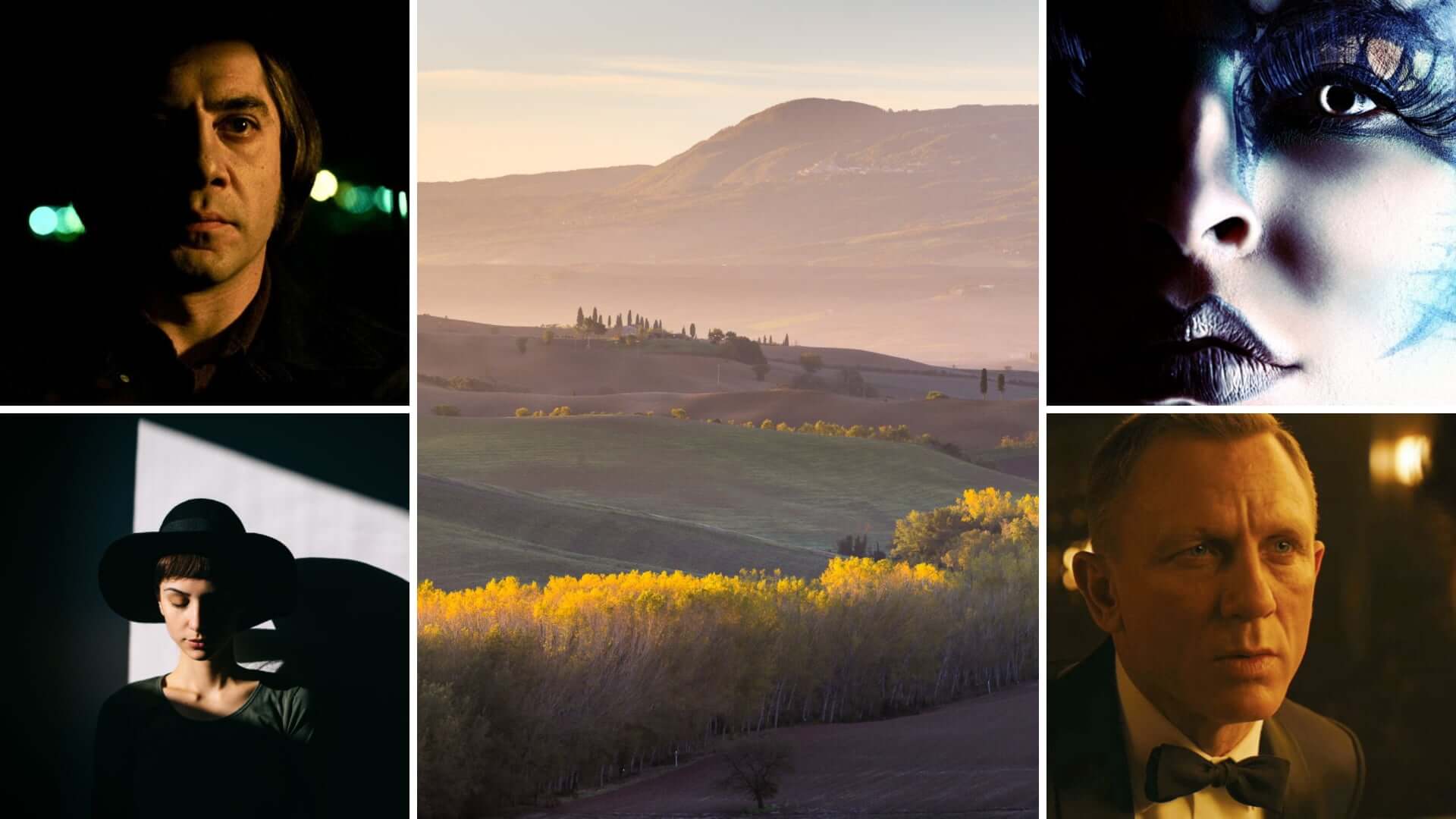One of the biggest challenges photographers and cinematographers face is having the images they shoot pop to a viewer. After all, viewers see these images through two-dimensional mediums such as print or screens. Side lighting is a fundamental lighting technique that will help you achieve the three-dimensional lighting style you desire. What is side lighting in photography and how can you create it? Let’s take a look.
What is side lighting in photography
Side lighting explained
Side lighting is a lighting technique that can be used on its own or within a larger lighting setup. Before we dive into the various ways to use side lighting, let’s get a basic understanding of it by looking at the side lighting definition
SIDE LIGHTING DEFINITION
What is side lighting in photography?
Side lighting is a lighting technique that directs a light source from one side of a subject. The angle of the side lighting depends on the position of the subject or the position of the light, but ultimately is defined by exposing only one side of a subject. Side lighting was adopted from specific painting styles such as Rembrandt and Vermeer. It is typically used to add contrast to an image and to bring out more definition in a subject.
What is side lighting in photography used for?
- Creating depth
- Adding dimension
- Setting a dramatic tone
- Defining a subject’s features
What is side lighting in photography
Benefits of side lighting
Side lighting is commonly used in cinematography and various types of photography from portrait to landscape photography. Its versatility comes from a few fundamental benefits. What is side lighting in photography used for? Let’s take a look at a few of the main benefits of the technique.
Adds dimension
When we see a flat image such as a photograph or shot in a film, our mind does perceive three-dimensional subjects through the two-dimensional image’s use of shadows, highlights, and varying tones in between.
If you light a subject from straight on, this tonal gradient is lost. Side lighting accentuates this tonal gradient and therefore adds more dimension to a subject or a scene.
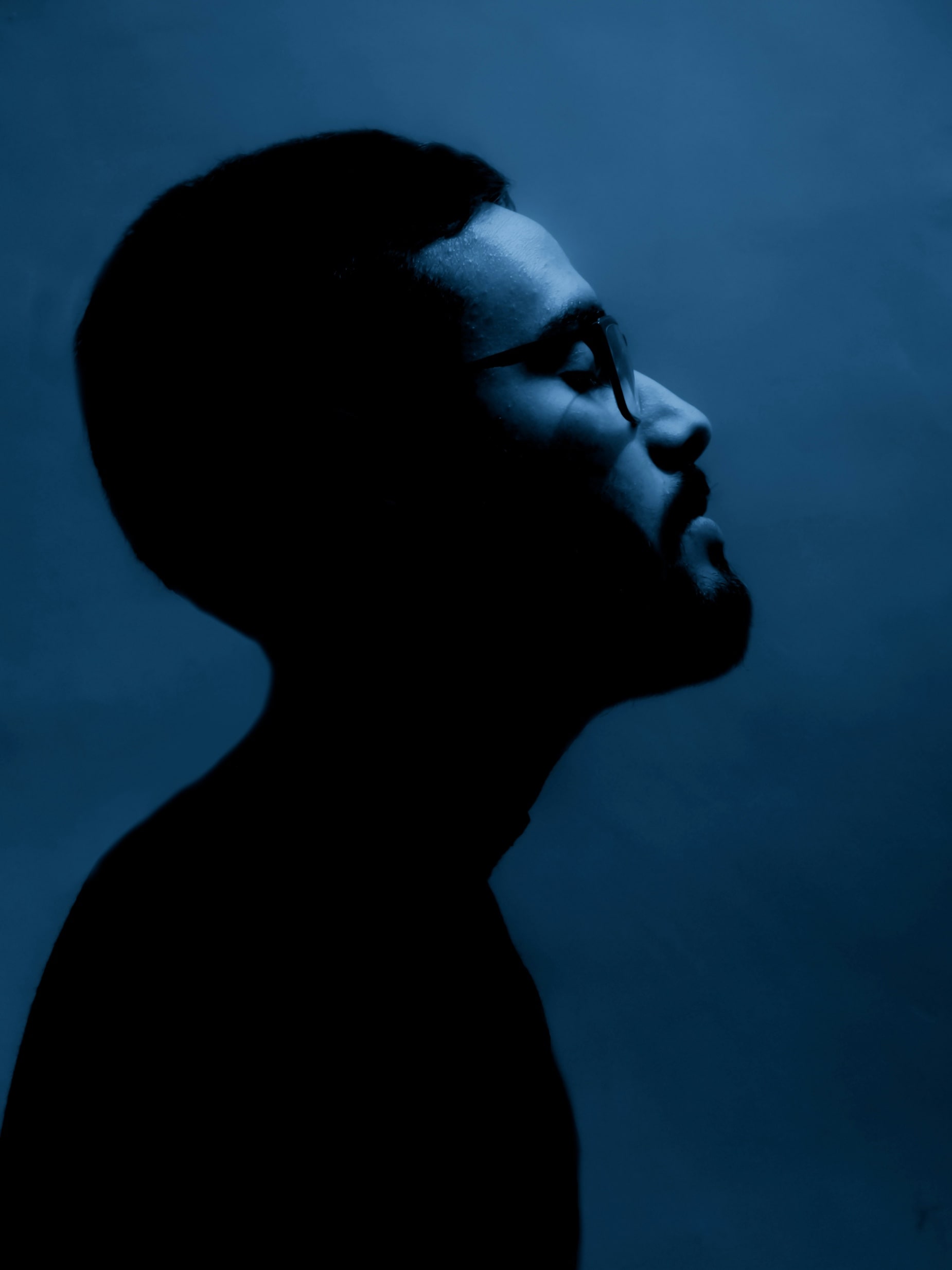
Side lighting examples
Sets a dramatic tone
When it comes to creating a dramatic tone or mood in your image, lighting is the tool that will help get you there. Dramatic images in cinematography and photography are based in contrast. With side lighting, the areas of darkness and shadows add to the mystery and drama of an image.
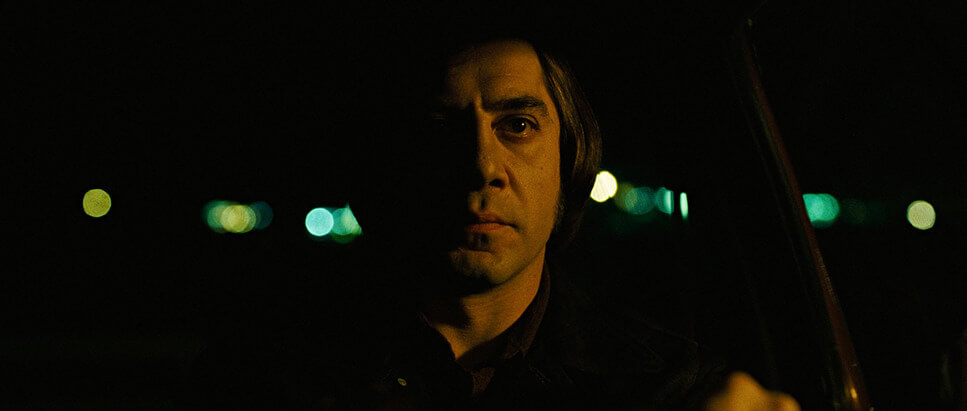
Side lit portrait for dramatic tone
Defines subject’s features
In addition to adding dimension, side lighting also brings out the features and texture in a subject. Since the light is coming from a side angle, the smallest features cast shadows making them more pronounced.
This is why landscape photographers love side lighting in their images. Landscapes are much more interesting and defined when shot at golden hour when side lit by a setting or rising sun.
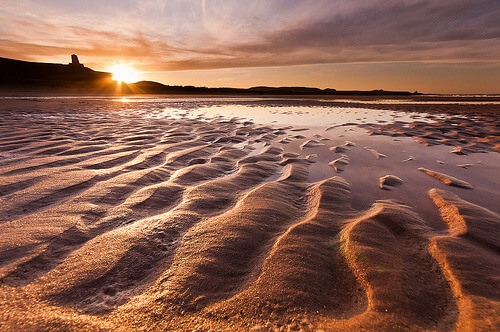
Side lighting examples
Add depth
Finally, side lighting adds depth and separation to an image. A side lit subject usually has light wrapping around them from the angle of the light source allowing the light to separate the subject from the background. This adds further dimension to the subject and makes them pop off of the backdrop behind them rather than falling flat.
With a little boost from a backlight or rim light, side lighting can create some highly cinematic shots.
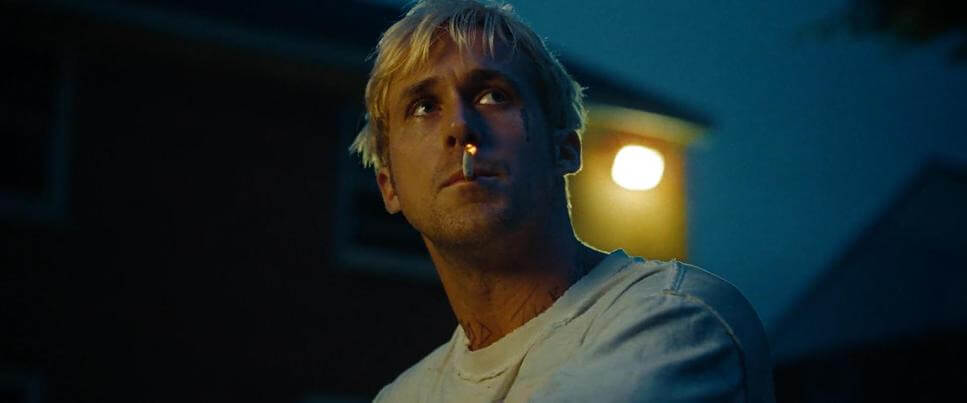
Place Beyond the Pines • Side lighting examples
Now that you have a better understanding of what side lighting can bring to an image, let’s talk about a few things to keep in mind when using side lighting.
Related Posts
Side light photography tutorial
How to create side light photography
Creating a side lighting setup sounds rather straightforward, but can vary on a few different choices.
Angle of the light
Different angles of a side light can have varying effects. The most literal side lighting setup places the light perpendicular to the subject. This is also called split lighting. The result is a subject that is split down the middle between light and dark.
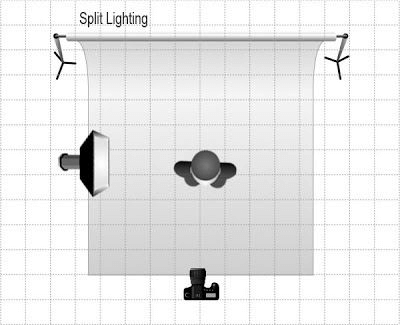
Side light photography setup
Side lighting can also be achieved by using a key light at a 45 degree angle and lighting one side of a subject. This type of side lighting is more common and is typically a part of a traditional three-point-lighting setup when accompanied with a fill light and back light. The key light is still considered a side light because it is directed toward one side of the subject rather than head on.
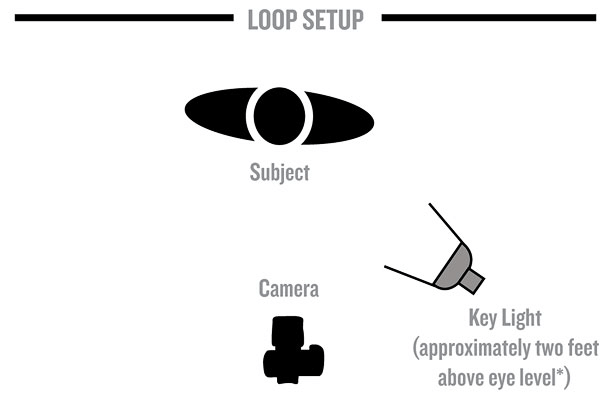
Side light photo setup
It’s important to experiment with varying angles of your side light. Even subtle changes to the angle of your light can greatly change how your subject looks.
Quality of light
Another choice you will have to make that can alter your final lighting setup is the quality of your side light. Generally speaking, the quality of a light is whether they are a more direct, hard light or a diffused, soft light.
A hard and direct side light can be great for high contrast photography and dramatic shots.
However, if you are trying to shoot a more flattering, or vibrant shot that is side lit, you will want to opt for softer, diffused side lighting. This will also affect the mood and tone of the image.
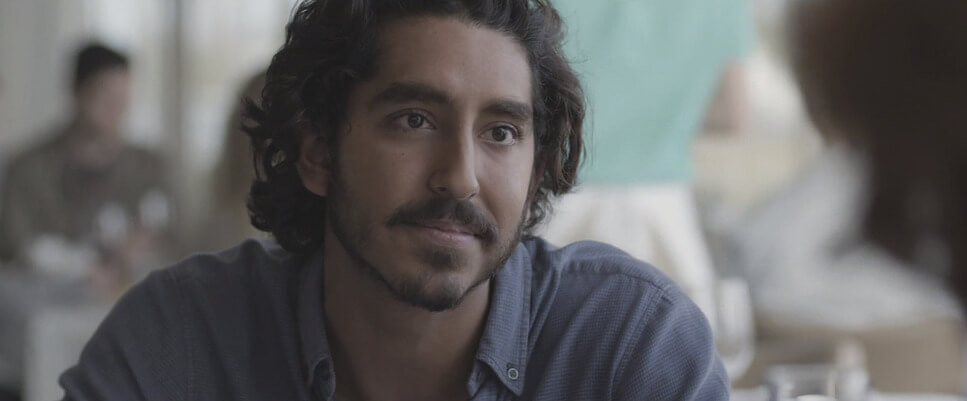
Lion • Soft side lit portrait
In addition to using a softer, diffused light, side lighting can also be made more vibrant by following our next tip - using a fill light.
Use a fill light
Using a fill light to fill in the shadow side of a subject a bit more. If you like the effect of the side light, but need just a bit more exposure, a fill light will do just that. Check out our video below of how a fill light is the unsung hero of most lighting setups.
Nailing that Cinematic Look (with a Fill Light) • Subscribe on YouTube
Side lighting is a technique that can immediately elevate your work as a photographer or cinematographer. The goal of most images is to capture a viewer's attention. By adding dimension, depth, and detail in an image, side lighting is an invaluable lighting technique to add to your lighting arsenal.
Related Posts
UP NEXT
Three-Point Video Lighting Setup
A side light can be only one component of an entire three-point lighting setup. What is the full three-point lighting setup made up of? Learn more about the fundamental lighting technique and the role of the side light within it in our next article.
Up Next: 3-Point Lighting →
Showcase your vision with elegant shot lists and storyboards.
Create robust and customizable shot lists. Upload images to make storyboards and slideshows.
